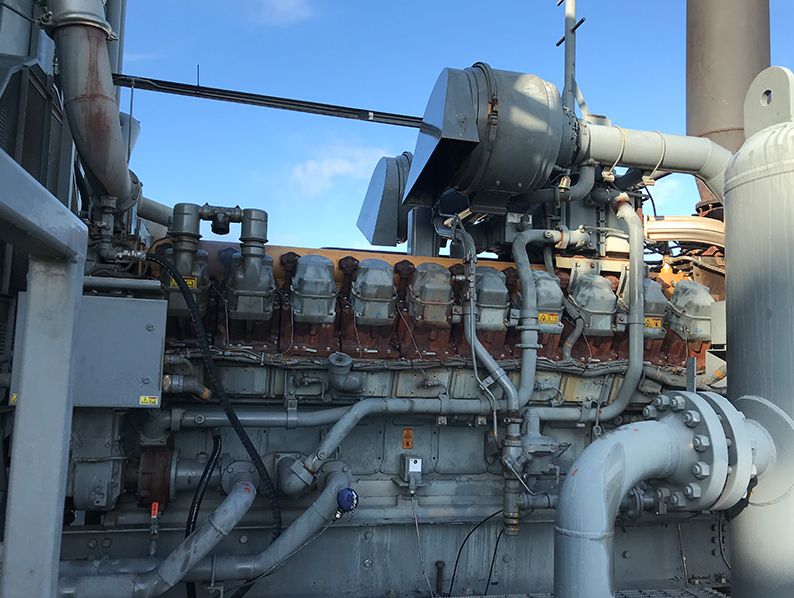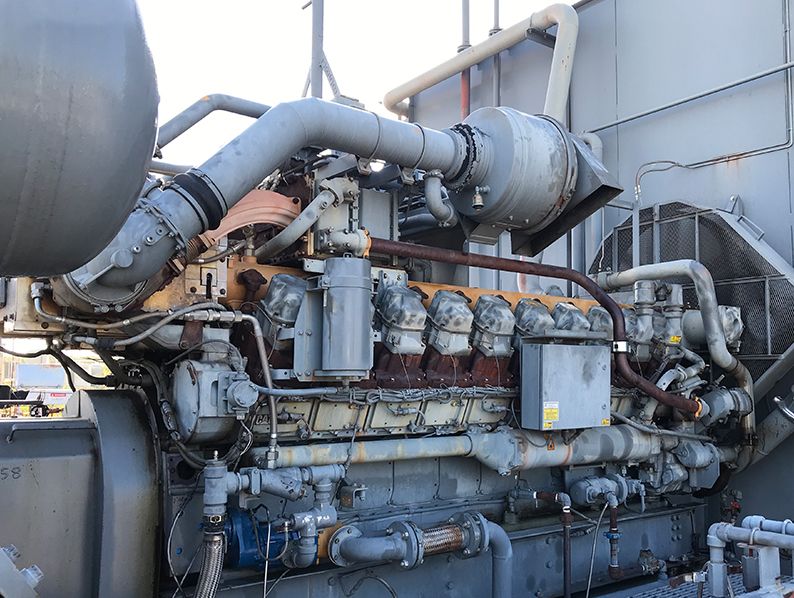If you already have an existing account with another Cat App, you can use the same account to sign in here.
One Account. All of Cat.
Your Caterpillar account is the single account you use to log in to select services and applications we offer. Shop for parts and machines online, manage your fleet, go mobile, and more.
Account Information
Site Settings
Security
Customer Feedback Makes A Good Gas Compression Engine Better
Working with an engine manufacturer that’s willing to listen to its customers, bring the right technical expertise to the table and continuously improve its products is important to Energy Transfer — and it’s a big reason this Texas-based mid-streamer chooses Cat® engines for the majority of its gas compression fleet. The company’s recent experiences with the G3520 offer a perfect example.
Energy Transfer operates a range of Cat natural-gas-fueled products, from 95hp G3304s driving generators in remote areas all the way up to 8,180hp G16CM34s transmitting gas on interstate pipelines. Included in the mix are a number of 1,725hp G3520 engines.
Donnie Wesneski, reliability manager for the company’s central Texas region, is a big fan of the G3520 model for two primary reasons. One, because it delivers similar horsepower in a smaller package than a G3606, making it more cost-effective to set and relocate as volumes swing. And two, because the numbers show the G3520 saves the company significant money over the life of the engine.
“Even though their cost per horsepower is the same, total cost of ownership through one lifecycle is approximately $377,000 less with the G3520 compared to the G3606,” Wesneski says. “We save about $32,000 a year in maintenance and operating costs for the same amount of work. Those funds can then be used for capital projects.”


New model delivers big improvements
In a quest for continuous product improvement, Caterpillar introduced the G3520J in 2017. This new model, like all the latest Cat G3500 series engines, features water-cooled exhaust manifolds and improved heat shielding.
Energy Transfer had the opportunity to test a new 3520J on one of its sites, and Wesneski reports a number of benefits:
- Electronic equipment is subjected to less heat, allowing expensive items like the fuel metering valve, wiring harnesses and turbo bypass actuators to achieve longer lifecycles.
- Wastegate life is significantly longer — years compared to months — now that there’s no exhaust heat on the diaphragm.
- Power head replacement is easier, resulting in faster maintenance and better runtime.
“For the midstream industry, reliability of the equipment is crucial to our bottom line,” Wesneski says. “If a unit down causes gas curtailment, then that revenue is lost forever with no recourse.”
Less maintenance, longer life top the list of advantages
Making a good engine — the G3520B — even better with the introduction of the G3520J model was Caterpillar’s goal, and Wesneski believes the company has achieved it. Less maintenance is required to maintain good runtime averages, he says, and there have been fewer failures and fewer callouts on critical equipment due to heat-associated failures.
In addition, though he doesn’t have enough data yet to substantiate the savings, Wesneski believes the heat reduction will lessen power valve recession substantially — enabling Energy Transfer to extend top-end life from 24,000 to 32,000 hours.
“Hands down, the J is the better performer,” Wesneski says. “That’s what’s so enjoyable about working with the Caterpillar team. There’s always someone willing to dive in and try to make things better. There’s always an answer.”


